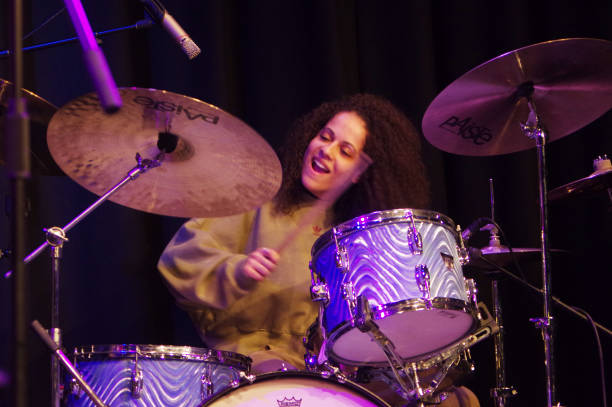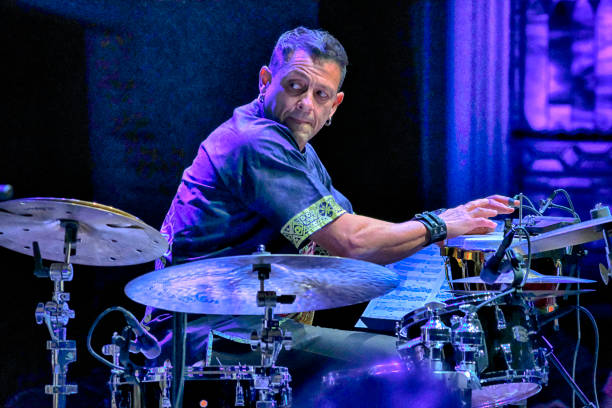Drumming is often perceived as an instrument of power, a force that propels music forward with undeniable energy. But within that raw intensity lies a delicate art—one that thrives in the spaces between the loud and the soft, between the obvious and the unnoticed. Ghost notes are the whispers of drumming, the barely audible strokes that breathe life into a groove without demanding attention. They are not meant to be heard as much as they are meant to be felt, a subtle texture woven into the rhythm that transforms a beat from mechanical to human.

The essence of ghost notes lies in control. Unlike the bold, accented strokes that define a groove, ghost notes hover just above the surface of the drum, played with a lightness that requires precision and restraint. The snare drum is their primary home, where drummers place these muted, feathered hits between the main backbeats. A simple rock groove without ghost notes is functional; with them, it becomes fluid and alive with movement. Ghost notes are the difference between a rhythm that merely exists and one that breathes.
Masters of Groove understand the importance of ghost notes. Steve Gadd, one of the most revered drummers of all time, built entire rhythms around them, using their subtle presence to create intricate, rolling drum patterns. His legendary performance on “50 Ways to Leave Your Lover” is a masterclass in ghost note application, where each light tap fills the space between the main accents, giving the beat its signature shuffle and effortless flow. Bernard Purdie, the architect of the “Purdie Shuffle,” embedded ghost notes into his playing so seamlessly that they became an inseparable part of the groove itself. His work on Steely Dan’s Home at Last and Babylon Sisters demonstrates how these notes can add depth and swing to even the simplest patterns.
In funk drumming, ghost notes are essential. Clyde Stubblefield’s legendary groove on James Brown’s Funky Drummer is a textbook example of how these quiet strokes define an entire feel. They create a push and pull, an underlying tension that makes the beat irresistible. Without them, funk would lose its hypnotic sway, its unshakable sense of motion.
But ghost notes are not just reserved for funk and jazz. In rock, progressive drummers like Gavin Harrison and Danny Carey integrate them to add complexity to their patterns, layering their grooves with ghosted embellishments that elevate their playing beyond straightforward beats. Even in metal, where precision reigns supreme, drummers like Chris Adler use ghost notes to add unexpected texture, proving that subtlety can exist even in the heaviest of genres.
The challenge of mastering ghost notes lies not in striking harder but in learning to hold back. It is about dynamics, about control, about understanding that drumming is as much about what is left in the background as what is brought to the front. It requires patience, a keen ear, and an appreciation for the details that make a groove feel natural.
In the end, ghost notes are a reminder that drumming is not just about volume or speed. It is about touch, about nuance, about the ability to make the spaces between the beats feel as important as the beats themselves. They are the breath in the groove, the heartbeat beneath the surface, the quiet force that makes a rhythm truly come alive.
